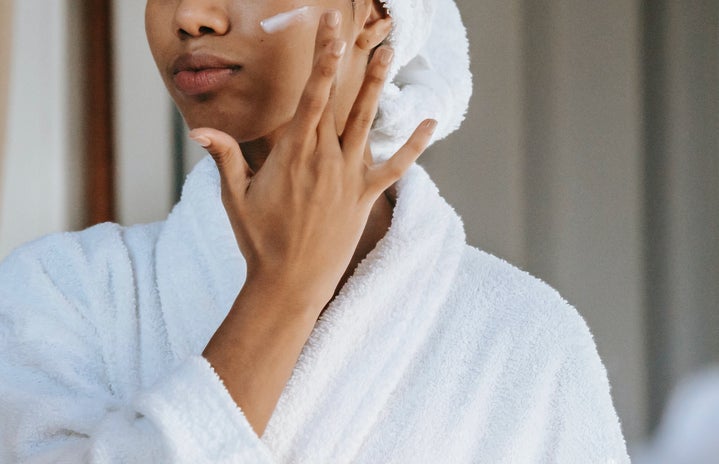It’s no question that the popularity of the traditional East Asian medicine technique — gua sha — is on the rise. The viral appeal of this ancient healing technique has shed light on its history, benefits and uses as influencers and everyday people have been sharing their experiences with this tool.
Gua sha is the practice of using a tool to apply pressure and scrape the skin to treat muscle pain and tension. This technique aims to move energy in the body and addresses stagnant energy to help reduce inflammation. According to traditional Chinese medicine, the energy that flows through the body is referred to as qi or chi, and many believe that one’s qi must be balanced to promote health and well-being.
Practitioners of traditional East Asian medicine will often use materials that have healing energy. For gua sha, tools made from bian stone, jade, or rose quarts are most popular and have become an increasingly accessible self-care product.
Gua sha has been shown to reduce inflammation and increase blood flow, treat ailments that cause chronic pain, and reduce headaches. A 2014 study found that gua sha improved the range of movement and reduced pain in people who used computers frequently.
As college students we may often be stressed, and gua sha is the perfect self care ritual to add to your routine to promote relaxation and healing effects. We spoke with UC Santa Barbara student, Alanna Dessoffy to learn about her personal experience and relationship with gua sha.
Dessoffy was introduced to gua sha six months ago from an art history professor who was interested in holistic ancient chinese medicines. Since then, Dessoffy uses her rollers and scrapers every week.
“My friend got me a rose quarts scraper and I like to refrigerate it and do the practice in the mornings when my face is more puffy,” says Dessoffy. “I do notice a difference after I do my gua sha practice as it reduces inflammation and gets my blood circulating.”
Practitioners recommend using this practice one to three times a week. By applying oil to the face and neck first it helps the scrapers glide easily across the skin. However, some say that it may be a bit painful at first, but this is due to gua sha’s ability to break down muscular tension, as well as move qi.
“I did notice it was a bit painful when I first started doing gua sha,” says Dessoffy. “But the more I practiced, the less painful it got.”
Gua sha often gets less painful over time since inflammation is being reduced as it eases away discomfort, tension, and puffiness as this practice helps drain the lymphatic system. People often notice slimming and lifting results with fewer wrinkles on their face.
Although gua sha has been around for centuries, the American wellness industry at large has more recently caught on to this practice. As more influencers post informational videos about gua sha on social media, many have pointed out their inaccurate techniques. If you decide to incorporate gua sha into your self care ritual it’s important to learn the correct ways to use these tools in order to get the best results.
The key to gua sha is consistency, and now that you have a bit more knowledge about this traditional East Asian medicine technique it’s time for you to embark on your gua sha journey!


